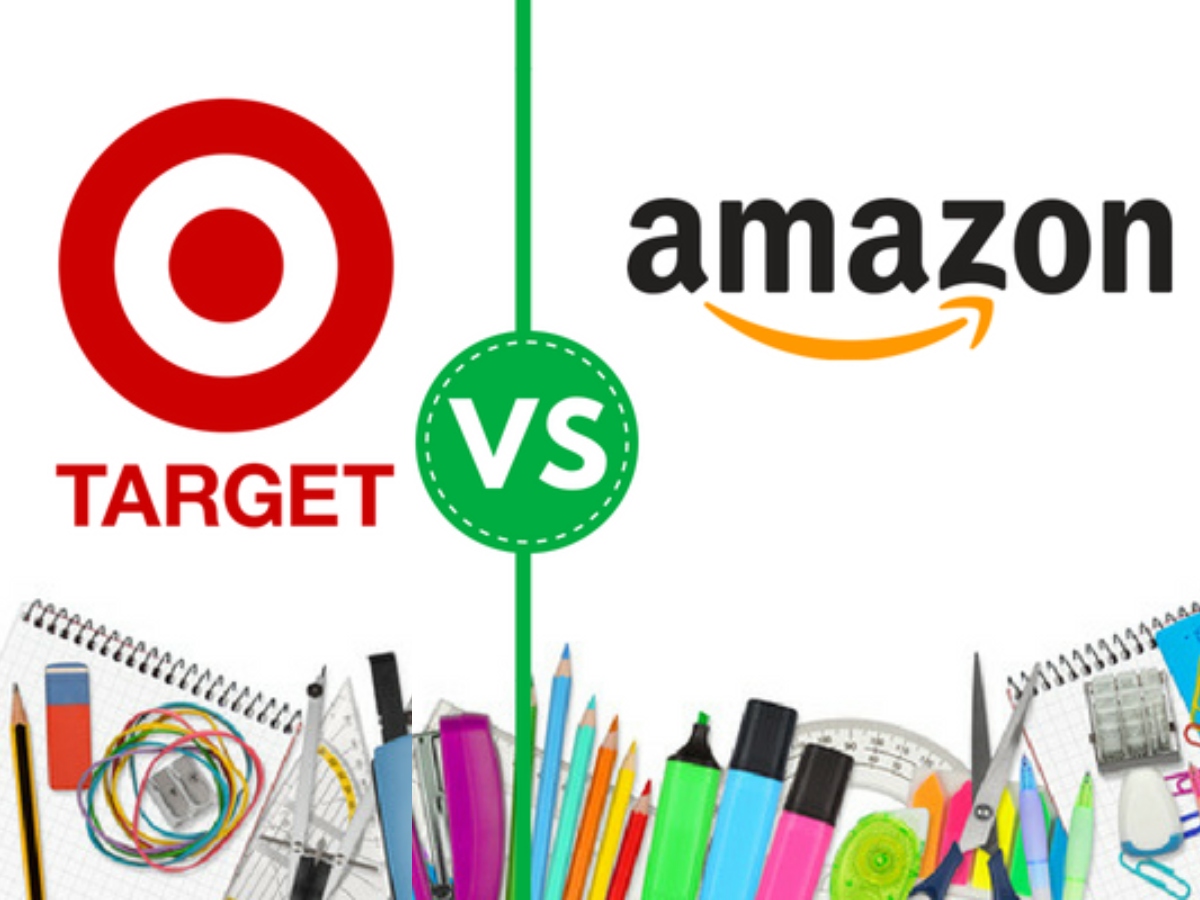In the ever-evolving world of retail, two behemoths, Amazon and Target, have been engaged in a relentless battle for supremacy. Their colossal presence, devoted customer bases, and diverse product offerings make them leaders in their own realms. However, the intriguing clash arises from their divergent approaches to retail, creating a compelling competition that continues to reshape the industry.
Amazon’s Digital Dominion: Unrivaled Convenience in Every Click
Amazon’s ascent to dominance began with its groundbreaking online store, offering unparalleled convenience and an extensive array of choices. The e-commerce giant boasts a business infrastructure that delivers products with unparalleled speed and efficiency. With a vast product range and innovative approaches, Amazon has become the go-to online retailer for millions.
The allure of Amazon extends beyond just products; its affordability and the Prime membership program have fortified its position as an e-commerce titan. Yet, the absence of a physical store diminishes direct customer interaction, hindering the tactile and independent shopping experience. Moreover, Amazon’s reliance on delivery raises concerns about environmental impact and potential decreases in customer engagement.
Target’s Physical Store Advantage: Where Touch and Feel Reign Supreme
In stark contrast, Target has fortified its position through a network of over 1,900 physical stores. These brick-and-mortar establishments provide customers with the opportunity to touch, feel, and experience products before making a purchase. Target has successfully blended online and offline experiences by incorporating in-store pickup and drive-thru options for online orders.
Target’s unique brand image, emphasizing modern and affordable products, along with inviting store atmospheres, has cultivated a loyal customer base. However, this physical advantage comes at a cost. Managing a vast network of physical stores is an expensive undertaking, and Target grapples with adapting to the dynamic landscape of online retail and the challenges posed by competitors like Amazon.
Battlefield: Omnichannel Retail – The Future Beckons
The future of retail hinges on seamlessly integrating online and offline experiences. Recognizing this paradigm shift, both Amazon and Target have aggressively expanded their omnichannel offerings.
Amazon has ventured into the physical realm with bookstores and Amazon Go convenience stores, bridging the gap between online and offline retail. Prime Wardrobe allows customers to try on clothes before purchasing, infusing a sense of physical interaction into the online shopping experience. Simultaneously, the brand has invested heavily in its online platforms, making shopping online and picking up in stores a breeze. With expanded delivery options and partnerships for same-day delivery, Amazon is positioning itself as a versatile retail powerhouse.
Target, too, has embraced the omnichannel approach by leveraging its physical stores for online order fulfillment. The company has adapted to changing consumer behaviors by offering diverse shopping experiences, whether in-store or through digital platforms.
These strategic moves indicate that both companies grasp the evolving retail landscape. Their ability to provide customers with a convenient and flexible shopping experience positions them to thrive in a fiercely competitive market.
The Road Ahead: Innovations Unveiled
The Amazon vs. Target rivalry is far from over. Both companies continue to innovate and reshape the retail landscape. As technology advances and consumer preferences evolve, so too will their strategies.
While Amazon maintains its stronghold in online dominance, Target’s emphasis on physical presence and creative branding keeps attracting customers. The key to sustained success lies in mastering the omnichannel approach, efficiently delivering products across platforms and locations.
Conclusion: Navigating the Shifting Tides
The ongoing battle between Amazon and Target represents a pivotal moment for the retail industry. Examining their relative strengths and weaknesses provides valuable insights for businesses navigating changing environments. By fostering innovation and prioritizing customer satisfaction, both companies can secure ongoing success in the years to come.
As the retail landscape continues to transform, only time will reveal which approach proves most viable. Yet, the lessons derived from their divergent strengths offer invaluable guidance for businesses traversing this ever-shifting terrain. Embracing change and staying attuned to customer needs will be the keys to thriving in the dynamic world of retail.

